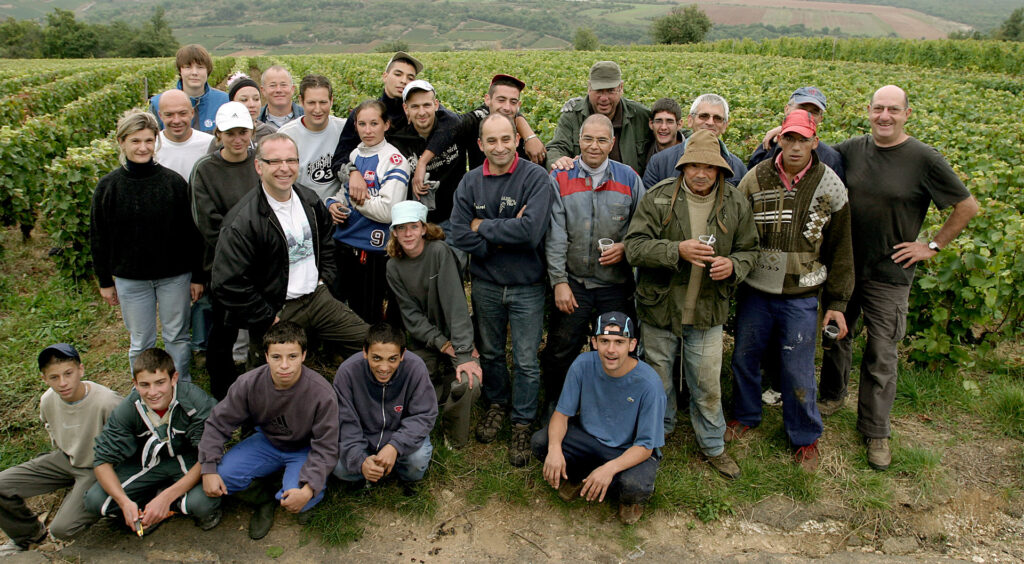
Based in the village of Rully, this first class ‘mousseux’ producer was founded in 1926 by Louis Picamelot, son of a barrel maker and vineyard owner. The family have since judiciously expanded their vineyard purchases to 11 ha with enviable acquisitions in Rully 1er Cru and St. Aubin, not to produce still wines but to enhance the quality of their sparkling ones. In addition, they work closely with contracted partners, supervising both the growing and harvest of the grapes. Once harvested, the wines are then fermented and aged, for a minimum of twelve months, in their spectacular underground winery and cellars, carved out of a disused quarry.
Philippe Chautard, as grandson and owner of the place, together with his team dedicates himself to maintain a constant high level of standards by making products of excellence.
Our Cremants are before anything else Burgundy wines. Just like salt and pepper in a dish, the bubbles complement the wine. In concrete terms, the production is made per vintage and divided into 4 categories of Cuvées: